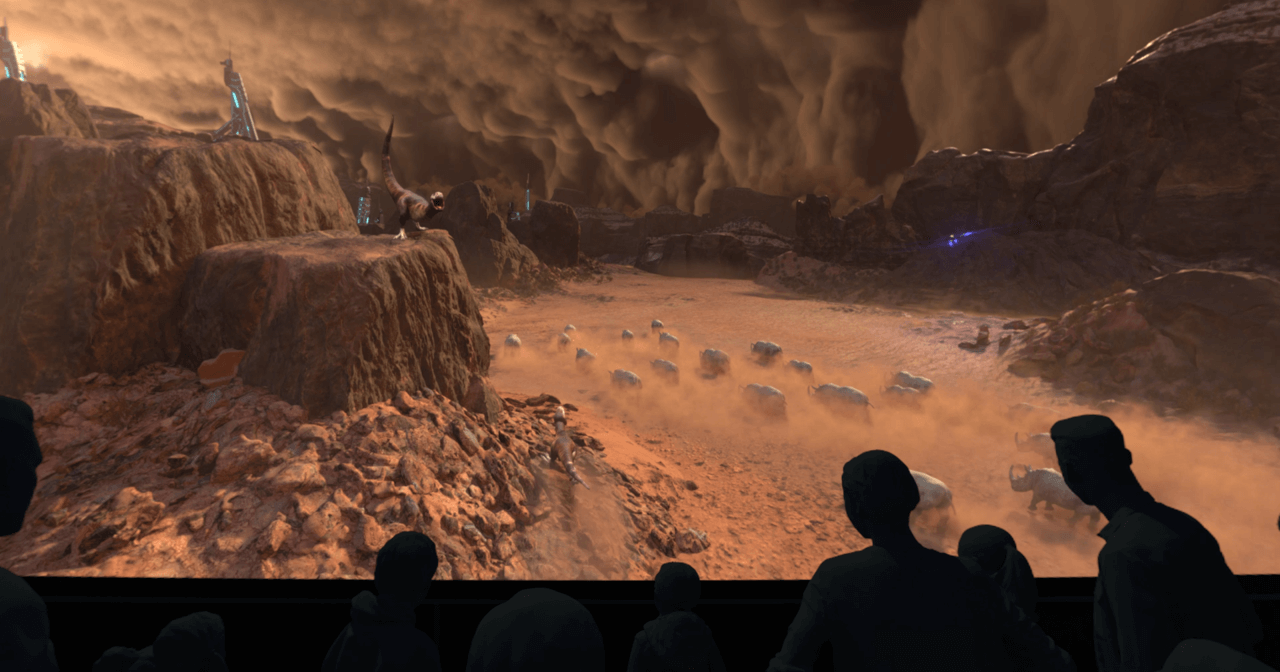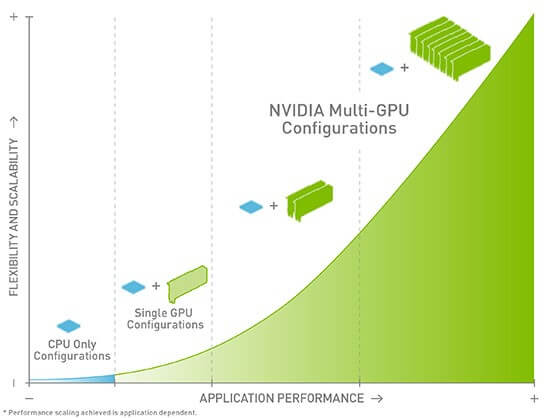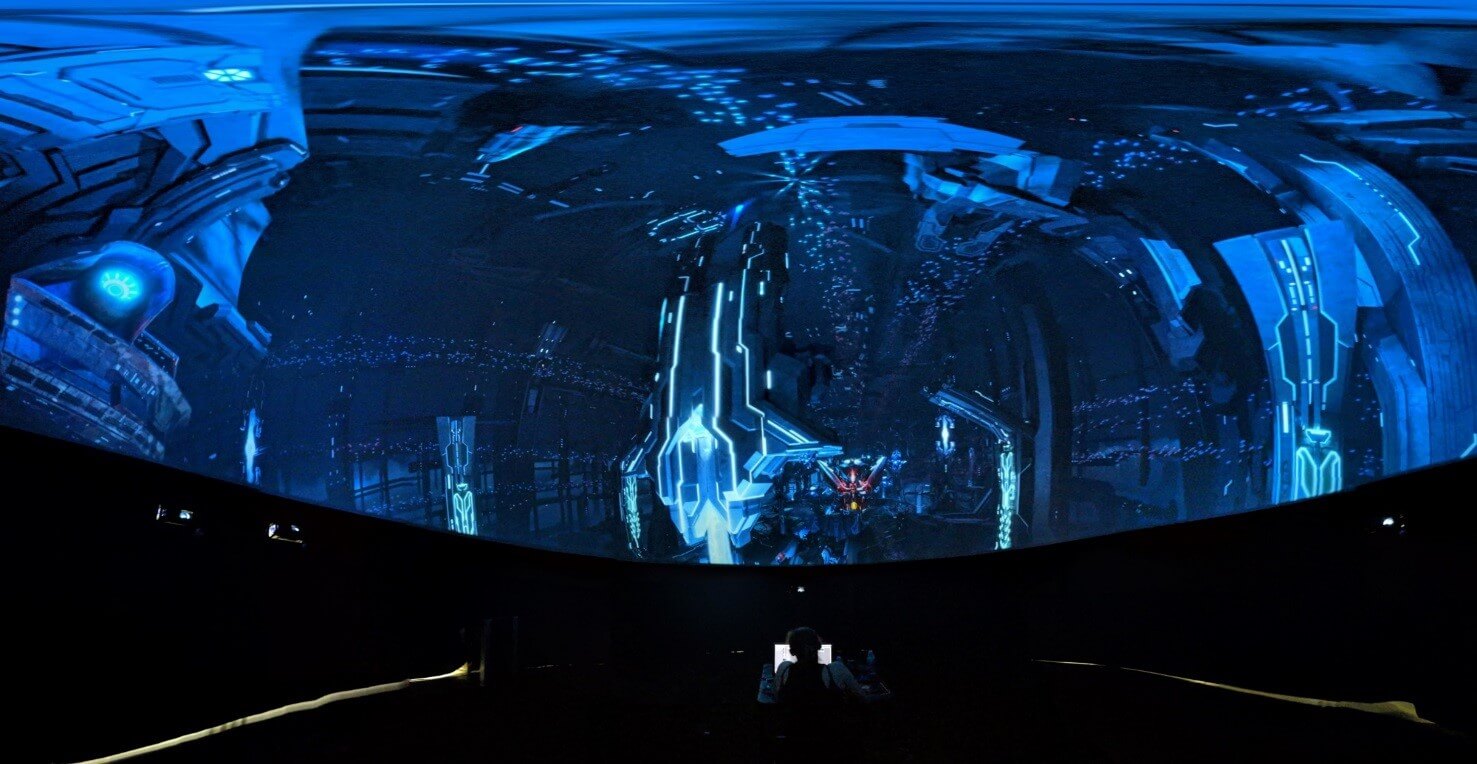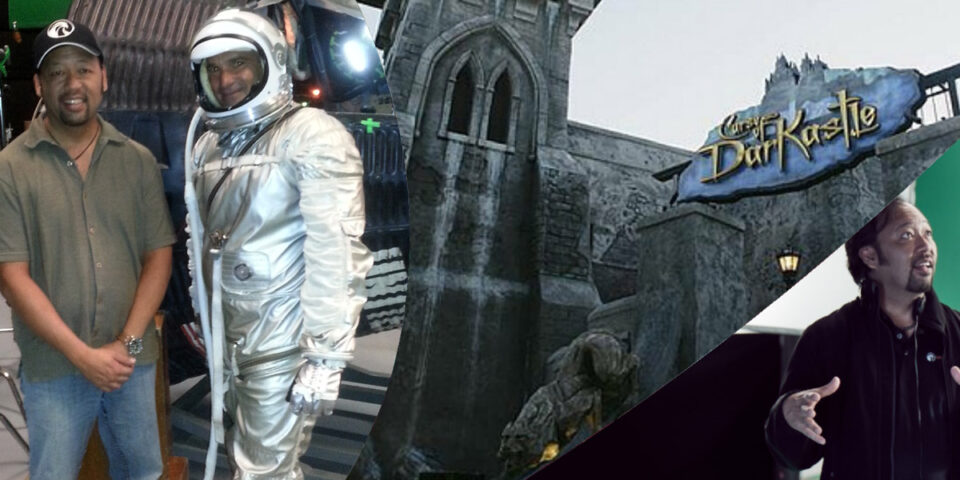The Challenges Of Generating 3D Content For Dome Experiences
Storytelling is one of the most powerful ways to put ideas into the world. Computer-generated imagery is one of the many methods used to bring such ideas to life. It’s a medium that’s been around for several decades and is always offering unique ways to be adapted. One such adaptation is that of dome theater experiences which fully immerse audiences into stories using an array of projections on a 360° dome-shaped screen.
This method of storytelling comes with many creative and technical challenges along the way. As the CG Supervisor at Falcon’s Creative Group, it is my job to navigate through such challenges and find innovative solutions. Ingenuity is something we pride ourselves on and over the years we’ve implemented several tools and techniques in our process of generating 360° dome content, specifically in the areas of pre-visualization, rendering, and color grading.
PRE-VISUALIZATION
Previsualization is often used in the visual effects industry to preview complex scenes in a story. It serves as a tool for directors to conceptualize a film while experimenting with different ideas and options without having to incur the costs of actual production. Typically, scenes are rendered from a primary camera with a set field of view acting as a window into a virtual world. The camera is intended to reflect the point of view of the audience as they watch the story unfold on a flat, two-dimensional surface.

We’ve taken this common practice and expanded on its use as it pertains to dome content. In our case, the screen envelops the audience in all three dimensions, fully wrapping around in a 360° radius. In order to conceptualize this field of view, we render the content in a spherical format (also referred to as Lat-Long Format) that is wrapped onto a 3D virtual model of the physical screen. We then take this screen along with an architecturally accurate model of the venue and put it into a real-time engine to preview it in VR. When viewed in a two-dimensional plane, the image appears awkwardly distorted as seen in the picture below.
However, when using a VR headset, we can see a virtual representation of the venue and preview multiple vantage points of the story and content being generated. Ultimately, this tool provides the director with the ability to accurately choreograph the action as it surrounds us and effectively guide the focal point of audience members as they are transported into the story.

RENDERING
Render times are always a big concern when working on CGI content with a lot of data and pixel resolution. Large formats and high frame rates are two main components that we encounter which can quickly drive render times through the roof. We often think of high-resolution images as what our televisions, monitors, and movie theater screens can display. High-Definition (1920x1080), Wide-Quad HD (2560x1440) and Ultra HD (3840x2160) are what is most commonly used in film today.
In the case of dome theaters, multiple projectors stitch together several images seamlessly throughout the 360° screen and each projector can display a certain maximum resolution and framerate based on its hardware specifications. When those images are stitched together you have what we call the “master dome sequence”. This image sequence is a culmination of all that pixel density rendered for each individual frame and often sits somewhere between 8K and 16k resolution.
These high pixel densities require a lot of computer power to render. To help keep render times manageable, we enlist the help of GPU rendering. Put simply, the speed of a single GPU can rival that of five to twenty CPUs.
It is much more flexible and scalable while keeping hardware cost, power consumption, and heat generation low. The greatest benefit to the speed increase is more frequent iterations on content, giving us more creative freedom throughout the production and greatly increasing the quality of the final product.

ON-SITE COLOR GRADING
At the end of every project the final media is installed on-site at the location of the physically built venue. Many hours are dedicated to the color calibration of the digital content to maximize the overall quality of the experience. With dome theaters there are physical occurrences that must be compensated for in person. The most common of these occurrences relate to how physical light bounces and reacts to the surfaces and colors of the physically built venue. This can cause what is interpreted as degradation of the visual quality by washing out the image and giving it a milky appearance to the viewer.

To help counter this, at the start of the project we recommend ideal projection hardware and material selections for the physical screens. However, at times, we still have to compensate through the process of color grading. This is done via a specialized software package that manipulates the color curve of the image, allowing the user to react and minimize the negative effects of light bounce.
The result is intended to look as close to the digitally displayed content as possible instead of a projection system bouncing the image off a screen. This allows viewers to enjoy the content as it was intended by the director, just as previewed in our previsualization step which follows along throughout the entirety of the production process, aiding in this final color grading step as well.
THE FINAL EXPERIENCE
Working on themed entertainment has been a very rewarding experience as both an artist and storyteller. It grants a unique opportunity to take digital content and extend it into our physical space. The result are stories that truly come to life and challenge the way we go about creating digital content. It has been an incredibly rewarding experience to meet these challenges head-on with our amazing team of talented artist here at Falcon’s Creative Group. In the end, we all share one common goal, to bring stories to life and fully immerse guest into our imaginative world.
About the Author

Claudio Gonzalez
CG Supervisor
Claudio came to Falcon’s Creative Group as a mastermind in design, pre-visualization, layout, and lighting. His outstanding peers and daily challenges draw on his faculties in everything from matte painting to production management.
He brings optimism and enthusiasm to the table, ensuring nothing but the best for his peers and clients.


